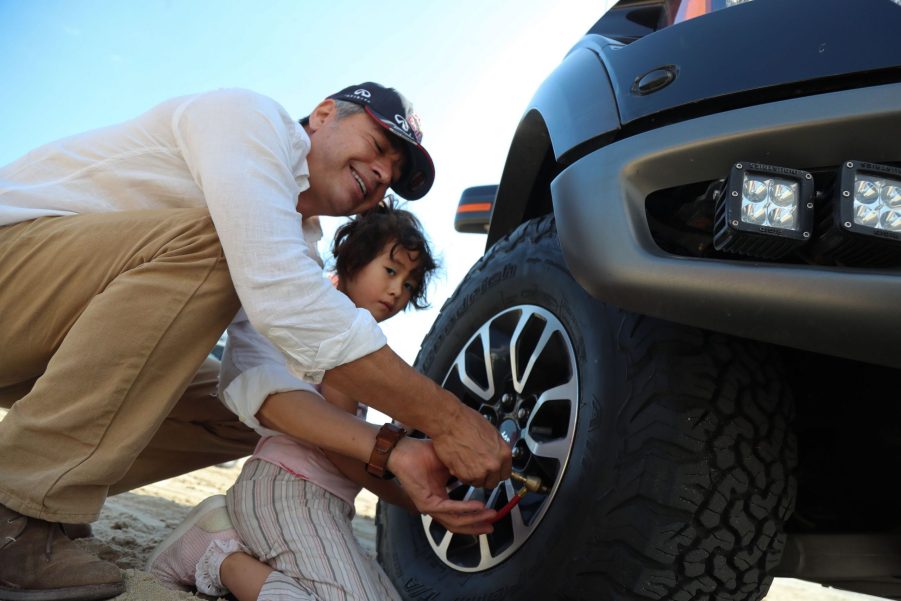
5 Myths About Tire Safety That Every Driver Should Be Aware Of
Tires have been around since the 1800s and since then, there has been a lot of misinformation about them. We all know that tires are the only parts of the car that connect it to the ground you drive on, but there is a lot of information about tires that drivers don’t know. Here are five of the most common myths about tires that you should be aware of.
Myth #1: If you’re replacing two tires, they should be placed up front

Ideally, you should replace all four of your car’s tires at the same when they’re worn down. However, during the times that you need to only replace two of them, Action Gator Tire recommends placing the two new ones in the rear of the car, not the front – even if your car is front-wheel-drive.
The reason for this is that it’s better to have more traction in the rear so that the car understeers if it hydroplanes on a wet surface. On the other hand, if you place the new tires up front, then the rear could have less traction and oversteer when hydroplaning, which is much more dangerous and harder to correct.
Myth #2: The tire pressure monitoring system will let you know when to check the tire pressures

While just about every car made in the last decade is equipped with a tire pressure monitoring system (TPMS), you should still check your car’s tire pressure every month. Some TPMS systems only activate when the tire is around 25% lower than the recommended tire pressure, which is too low. In order to prevent this from happening, remember to check your car’s tire pressures every month.
Myth #3: The tire pressure marked on the tire’s sidewall is the pressure you should inflate it to

The air pressure marked on a tire’s sidewall is the maximum amount of pressure that it can safely be inflated to. In order to get your car’s proper tire pressure, be sure to check your car’s owner’s manual or the placard on the driver’s side door jamb.
Myth #4: You can tell if a tire’s pressure is low just by looking at it

While you might think that you can just look at a tire and see if it’s properly inflated, you can’t. Instead, use a proper tire gauge and accurately check the tire’s pressure.
Myth #5: All-season tires grip better on wet roads than summer tires

You might think that all-season tires grip the best all year round, however, they actually give up some wet handling characteristics in favor of some better grip in the snow and ice. As such, if you live in an area where it doesn’t snow, but it occasionally rains, then summer tires should work just fine.
According to The Drive, the compound that summer tires use is “capable of handling virtually anything north of freezing, and they do offer better wet traction than all-season tires so long as the temperatures don’t dip too low.”
Don’t believe these tire myths
You may have heard some of these tire myths somewhere along the way, but don’t believe them. Your car’s tires play the most important role when driving, so be sure to check their pressures regularly and get the proper type of tires for the region that you live in.



